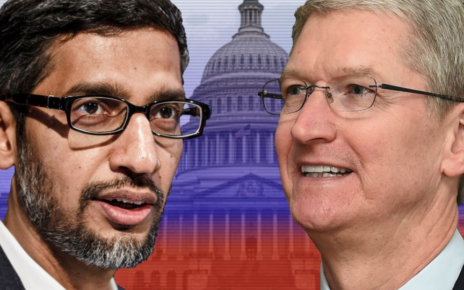Building a profitable client company for the Millennial or Gen Z market is surely a challenge. Both are notoriously fickle, and are frequently pushed greater by means of concepts and self-education than via constant habits or blind loyalty to a brand, an awful lot much less the movie star endorsing it.
This has vast implications for manufacturers growing merchandise aimed at this audience. Indeed, it’s viable that many businesses can also have their branding approach back-to-front. Instead of following the ultra-modern trends, startups with ambitions to create fee in these markets must assume about riding them.
Why manufacturers ought to put class earlier than fashion
When launching a new brand, groups will normally intention to differentiate themselves from their competitors. But that manufacturer will have little fee if the class or market in which it’s being offered isn’t growing. This is specially necessary when it comes to Millennial and Gen Z customers — due to the fact they are decidedly much less loyal to a singular brand, they take increased cues from the total class of brands.
The habits and pursuits of Millennials and Gen Z are continuously in flux due to the fact there is so plenty greater statistics thrown at them thru social media and different channels. It’s nearly not possible for a business enterprise to predict what the subsequent huge component will be in six months’ time, let on my own the subsequent huge manufacturer strategy.
Companies that choose to comply with these allegiance-shifting shoppers down the rabbit gap will locate themselves continuously having to reinvent their identity, which can lead to them bleeding market share. A higher way to method this target audience is by means of inventing new purchaser habits thru classes of product and subsets of manufacturers inside these categories, instead than in simple terms attempting to time the market.
Changing habits of the new generation
At the moment, huge companies have the infrastructure and sources to rapidly flip out merchandise that will capitalize on the brand new trends. But, in announcing that Millennials like this, and Gen Z likes that, manufacturers can be in chance of severely misunderstanding their goal audiences and why they pick to purchase what they do.
The habits of an complete era are altering faster than ever before. 22-year-olds, for example, are amongst the final to bear in mind how speakme with their buddies on the cellphone required them to name their dad and mom first. 12-year-olds, on the different hand, probable don’t even comprehend what a landline is.
The way Millennial and Gen Z buyers have interaction with manufacturers — and the stimuli that seize their interest spans — are altering at an extraordinary rate. On the plus side, this successfully makes them a canvas on which manufacturers can superimpose their trends.
As patron interest spans shrink, the potential for corporations to preserve clients will become greater challenging and the lifecycle of manufacturers receives shorter and shorter. This is the place the class construct comes in. The class offers an probability for industries to codify branding policies that are much less susceptible to altering trends. Done correctly, they can even create greater fee for companies over the lengthy term.
Putting classes into practice
A true instance of the class build is in Scotch whisky. For a drink to be a scotch, the liquid can’t be much less than 40% ABV. However, scotch loses alcoholic content material as it ages. The older the scotch, the extra exactly the grasp distiller had to be in predicting when it may want to sell. The capability of the category’s distillers to predict — frequently a long time in strengthen — that a sure scotch can be bottled and offered at 40% ABV at yr 30 and now not end up nugatory at yr 28 is one of the motives that top rate Scotch whiskey has outperformed each and every different asset type over the final two decades.
This class rule has additionally contributed to the increase of the spirits enterprise regardless of declining income volume. Millennials and Gen Z are ingesting less, however they are spending extra when they do. For them, it is now not about getting inebriated — it is about the experience. For Milennials and Gen Z consumers, brands are only completely preferred when they see a company in the context of its category.



